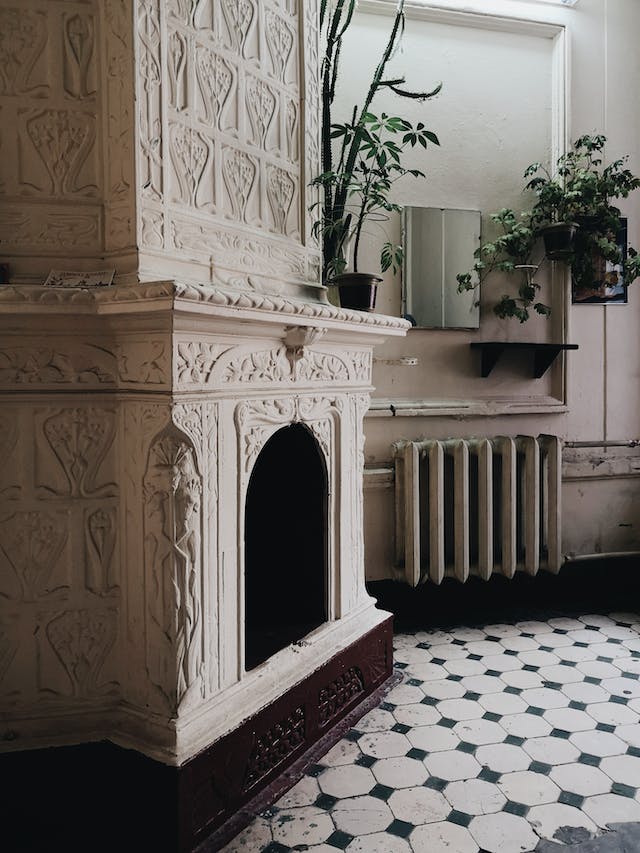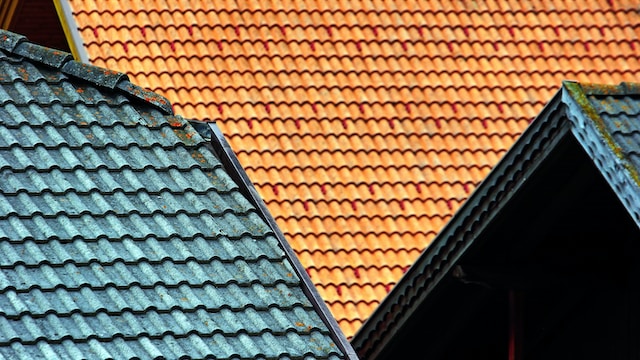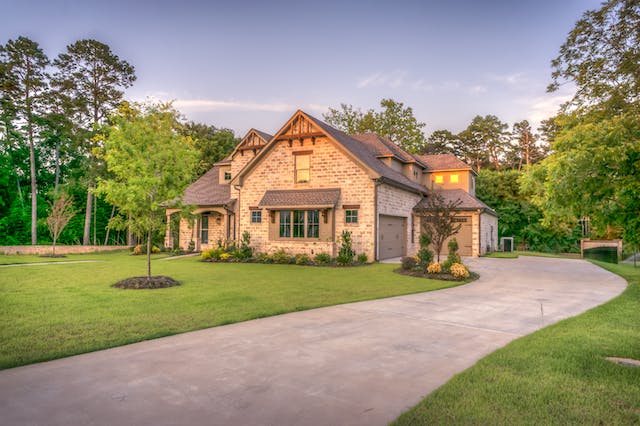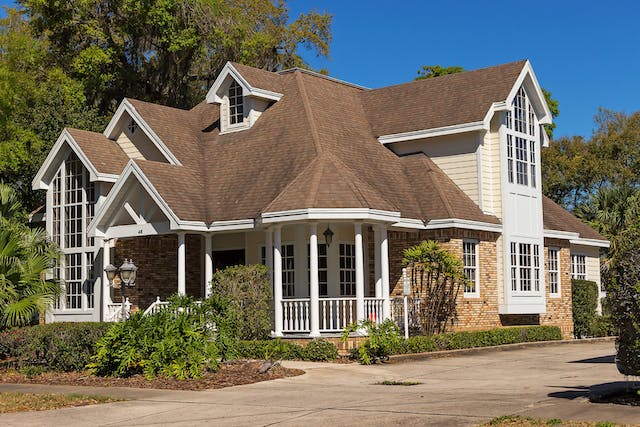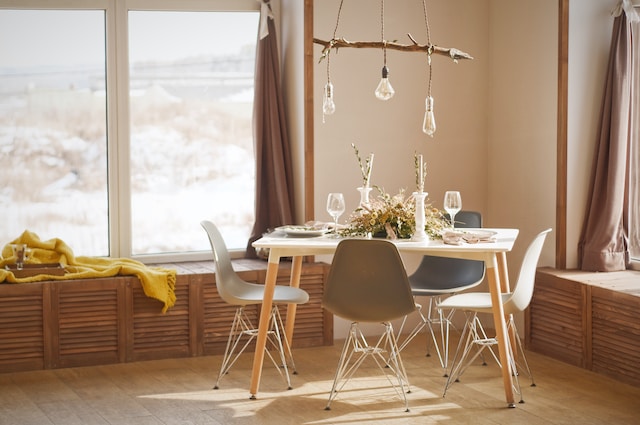How comfortable your home is in the winter depends on your furnace, and when your furnace is struggling to keep your home at the thermostat setting, it’s often an indication it’s time to replace your old model. Whether it’s a brand-new construction or you’ve lived in your home for years, you want to get the best furnace that meets your heating needs.
However, buying a new furnace involves a little more than picking out a model that fits your budget. Before you make a costly mistake, here’s what you should know about finding the right furnace for your home.
How to Know When Your Furnace Needs Replacing
Buying a furnace is an investment, and the list prices for new units are not cheap. You can expect to pay anywhere from $2,000 up to $8,000 for a new furnace, and this is before factoring in installation costs.
So, before you shell out thousands of dollars for a new furnace, you want to decide if you really need a new one or if it only needs repairs. Before settling on repairs, make sure you carefully consider the costs. Sometimes, the repairs can cost as much or more than a new furnace.
Furnace Age
Like all of your other home appliances, furnaces have an average lifespan. Most experts recommend replacing your furnace every 10 or 15 years. Even if you’re keeping out with regular maintenance, parts can still wear out.
Instead of constantly paying for repairs and replacement parts, purchasing a new furnace often makes more financial sense.
Rising Energy Bills
Even though energy usage rates are going up, your electric bill shouldn’t take a huge chunk of your budget. While you should expect higher utility statements in the winter, your bills should be relatively close to the previous years.
If your electric bills are skyrocketing for no reasonable explanation, it’s probably time to take a look at your furnace because chances are, it’s the culprit. As your furnace ages, it becomes less energy efficient. This means higher monthly utility bills.
Not only can a modern furnace reduce your energy consumption, but you may also qualify for financial rebates and other incentives. Rebates are often available on Energy Star-rated appliances, which can help offset initial purchasing costs.
Rust and Corrosion
If you notice rust, corrosion, or cracks on or around your furnace, it’s time to get a replacement. You may also notice soot around the vents and registers since this is another indication your furnace is working less efficiently.
Humidity levels can also rise indoors, so if you start to notice high humidity levels, your furnace may be on the way out.
What to Consider in a New Furnace
While price is a primary consideration, it’s not the only one. Here’s what else to look for in a new home furnace.
Type of Furnace
You have options when it comes to furnace type; you can go with an electric, gas, oil, or propane furnace. The type refers to the fuel source, and it’s a good idea to look at your home’s setup.
If you don’t have natural gas lines in your home, an electric furnace is probably your best option. Electric furnaces are often the least expensive to purchase and install.
However, gas furnaces are often more efficient. So, it may be the best choice if you have an existing natural gas line in your home.
System Type
The system type refers to whether your furnace and air conditioner are on separate or the same system. Both types of systems are common in homes. Your home’s system will play a role in your decision, regardless of the type of furnace.
Something to consider is if you want to stay with your home’s existing system. If you want to switch to a single or separate system, now’s a great time. To make things even easier, your service technician can handle the switch during the furnace installation.
Zone Heating
Do you have rooms that always stay cooler than other parts of your home? If so, you’re not alone; it’s a common problem. Sometimes, one thermostat isn’t enough to adequately heat every room in your house, which is when zone heating comes into play.
Modern furnaces can run off of multiple thermostats, meaning you can have separate temperature settings in different rooms. Not only is this much more energy efficient, but it also helps ensure every room is comfortably warm.
If you want to learn more about zone heating in your home, make sure you talk to a furnace specialist beforehand. They will help you find the right furnace to heat every space in your house.
Furnace Size
Furnaces are available in different sizes to fit a variety of heating needs—but why is furnace size an important consideration? The size can affect a furnace’s efficiency and safety.
If the furnace is too small, it’ll work overtime to heat your home, which means more wear and tear on your new furnace, along with higher electrical bills. If the furnace is too large, additional issues can arise. This can include higher-than-average installation costs, frequent recycling, and even annoying loud noises, to name a few potential issues you may face.
Take a look at where you’re going to install the furnace; you’re going to want there to be plenty of space for airflow since this can reduce the risk of a potential buildup of toxic gases like carbon monoxide. If you’re unsure of the best furnace size, measure your home’s square footage; from there, a professional can make recommendations.
Always Choose Professional Installation
Even if it’s an electric furnace, you still want it professionally installed. There’s too much of a risk that something may go wrong, which can be especially true with natural gas, oil, and propane furnaces.
Make sure your installation technician is certified and insured, and you also want to check consumer reviews. After all, your fellow consumers are a great source of information about a furnace installation and repair company.
Let the Experts Help You Pick the Right Furnace for Your Home
Picking out a new furnace is a little more involved than purchasing a pair of shoes. You have a lot to consider, and it’s always best to have professional advice.
Remember: don’t be afraid to ask any questions if you’re curious to learn more, especially if energy efficiency is a priority.

